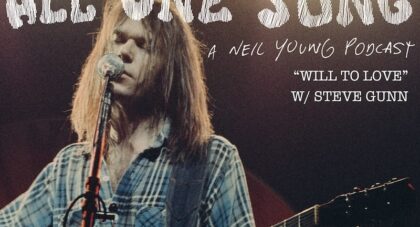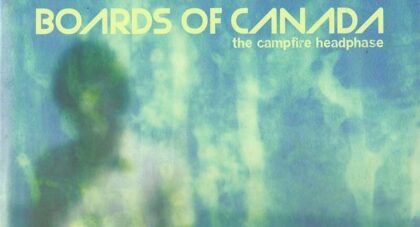The break up was cemented. The live reputation established. Amon Düül’s more musical half – adopting the suffix ‘II’ – entered the studio and laid down the first identifiable Kosmische slab. In name alone, Amon Düül II’s debut demanded attention. “The God Cock” would formally signify Germany’s emergence as a world power once more—though this time on the countercultural stage. Preceding Can’s Monster Movie by two months, Phallus Dei would be the introductory major-label document of a burgeoning Gegenkultur coming out of West Germany at the end of the 1960s . . .
Only the good shit. Aquarium Drunkard is powered by its patrons. Keep the servers humming and help us continue doing it by pledging your support.
To continue reading, become a member or log in.


